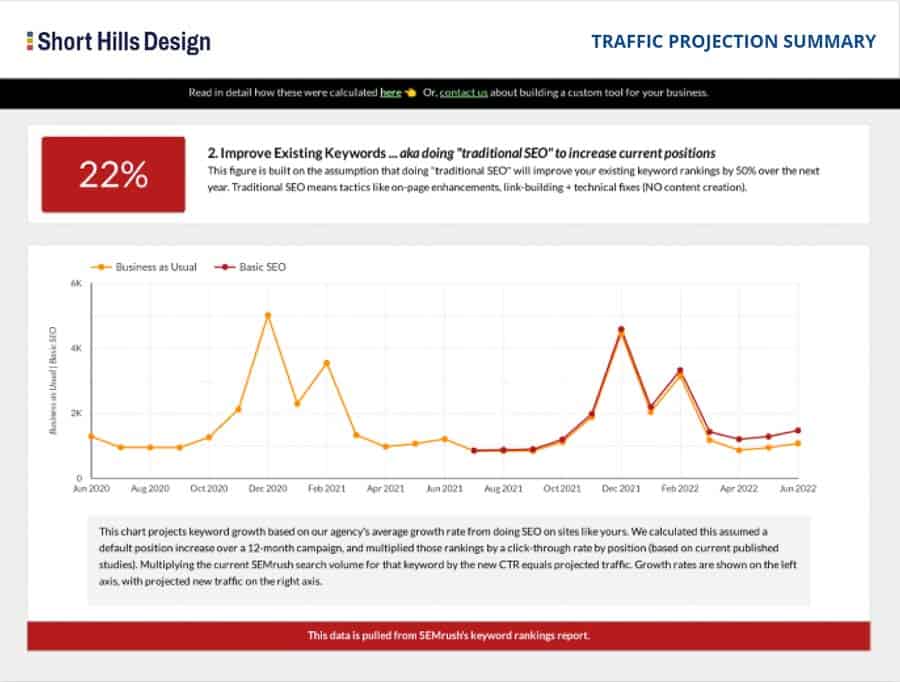
There has been a large uptick in the number of reports of demand letters being sent to dentists and other healthcare providers, demanding that the business pay attorney’s fees and make their website compliant – or face litigation. And because of the potentially high cost of fighting these potential lawsuits, many of these providers settle and pay, as opposed to fighting the claim in court. The larger and more troubling issue is that as of the time of this writing (September 2017), there is no definitive list of statutory requirements that a healthcare provider could use to measure their website’s level of compliance.
It’s impossible to avoid a demand letter entirely, but you can try to minimize your exposure. Because there is no statute that explicitly defines what level of success criteria a business website must meet to be compliant (if any), the resulting ambiguity presents attorneys with the opportunity to send the demand letters. Accordingly, dentists and other small business owners are now beginning to consider what steps they should take, if any, to adjust their websites to meet the WCAG 2.0 recommendations. However, it’s critical to realize that it is impossible to be compliant with a specification that has yet to be defined; thus, dentists and other healthcare professionals should be wary of any website provider who claims that their sites are ADA-compliant. Rather, if the aim is to be as compliant as possible, it makes sense to bring the website in compliance with the Success Criteria for Level AA (see "What are the Web Accessibility Standards for Dental and Medical Websites?" for the rationale).
In the next article in the series we will review Short Hills Design’s Website Accessibility Optimization Services and how in this program we aim to strike a balance between a practical cost/benefit application of the standards and to make your site as compliant as possible; it is for this reason that we use the term "Accessible-Ready".
References

